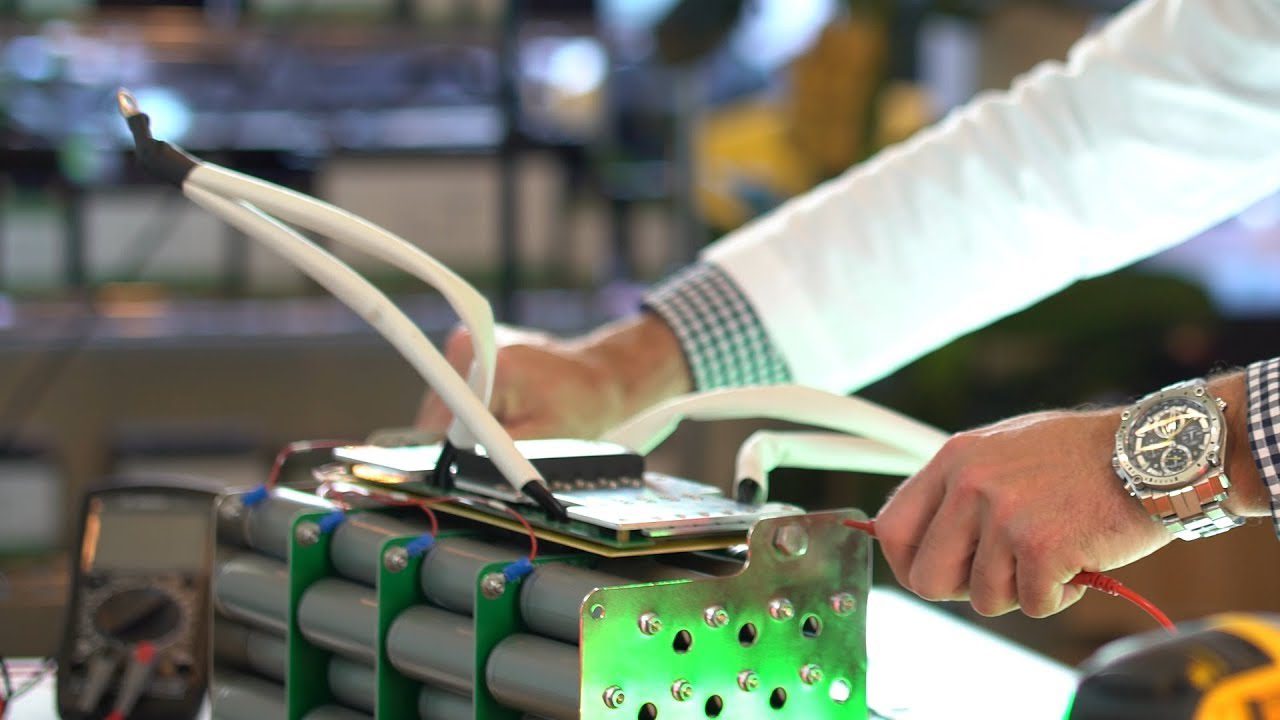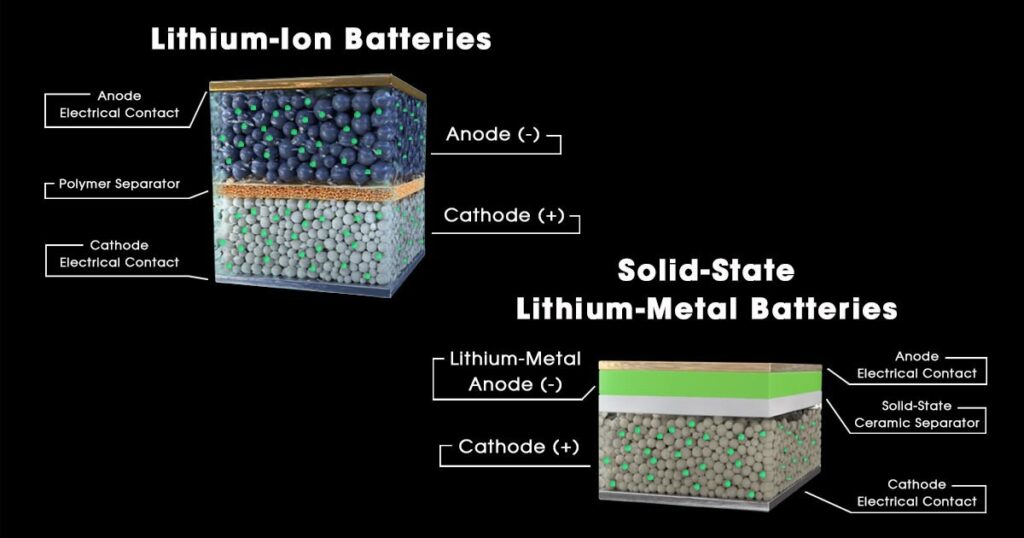
Lithium Metal Anode Batteries Blazing-Fast Recharging

Table of Contents
Researchers at the Harvard John A. Paulson School of Engineering and Applied Sciences (SEAS) have unveiled a groundbreaking lithium metal battery, featured in a recent publication in Nature Materials. This innovation not only promises more than 6,000 charging cycles, surpassing existing pouch battery cells, but also boasts the remarkable ability to recharge within minutes. Lithium metal anode batteries are hailed as the “holy grail” due to their potential to offer ten times the capacity of conventional graphite anodes, with the capacity to significantly enhance the driving range of electric vehicles.
Challenges in the Lithium Metal Anode Battery Design

The evolution of lithium metal anode technology has seen significant strides, particularly since 2021 when Xin Li and his team introduced a groundbreaking solution to the persistent dendrite problem. Dendrite formation—when metal deposits grow uncontrollably during charging—has been one of the major obstacles limiting the use of lithium metal in batteries. In their 2021 research, Li and his team proposed a multilayer battery design, strategically incorporating materials with varying stabilities between the anode and cathode.
This layered approach didn’t eliminate dendrite formation but managed to contain it by controlling their growth and preventing them from penetrating the electrolyte. By carefully tailoring the structural composition, the team was able to reduce the risk of short circuits and improve the overall safety and performance of lithium metal batteries.
This multilayer design represented a crucial step forward in solid-state battery development, offering a practical pathway for overcoming one of the key challenges in lithium metal anode technology. The innovation didn’t just improve safety, but it also helped optimize energy storage by enabling a more uniform distribution of the lithium ions.
By containing dendrites and ensuring more consistent charging cycles, the multilayer structure opened up new possibilities for the use of lithium metal anodes in both industrial and commercial applications. As further research refines these techniques, we may be on the verge of unlocking the full potential of lithium metal batteries, ushering in a new era of high-capacity, long-lasting energy storage solutions.
Innovative Solution Using Silicon Particles for the Lithium Metal Anode Batteries
In response to this challenge, the research team employed micron-sized silicon particles in the anode to control the lithiation reaction, facilitating the homogeneous plating of a thick layer of lithium metal. Unlike traditional lithium-ion batteries, where lithium ions penetrate deep into the anode, the solid-state battery design constrains the lithiation reaction at the shallow surface of the silicon particles. This results in a “chocolate truffle” effect, with lithium metal forming around the silicon core, preventing the uneven surface that leads to dendrite growth.
Performance and Practical Application
The researchers successfully constructed a postage-stamp-sized pouch cell version of the battery, notably larger than the coin cells typically used in university labs. Impressively, the battery retained 80% of its capacity after 6,000 charging cycles, surpassing the performance of current pouch cell batteries on the market. The technology has been licensed to Adden Energy, a Harvard spinoff company, which has further scaled up the innovation to create a smartphone-sized pouch cell battery. This development holds significant promise for the practical implementation of these batteries in various industrial and commercial applications.
Insights and Potential for Future Materials
Beyond the immediate success of the lithium metal battery, the research also provides insights into the properties enabling silicon to restrict lithium diffusion. The team introduced a unique property descriptor for this process, offering a potential roadmap for identifying other materials with similar performance. This opens avenues for further exploration and discovery, paving the way for the development of even more advanced battery technologies.
Conclusion
In conclusion, Harvard SEAS researchers have achieved a remarkable milestone in battery technology with the development of a lithium metal battery capable of over 6,000 charging cycles and rapid recharging. The innovative use of silicon particles has effectively addressed the dendrite growth challenge, propelling the technology toward practical applications in diverse industries. Beyond its immediate implications, this research contributes valuable insights into material properties, providing a foundation for the continued evolution of battery design and paving the way for future breakthroughs in energy storage.








